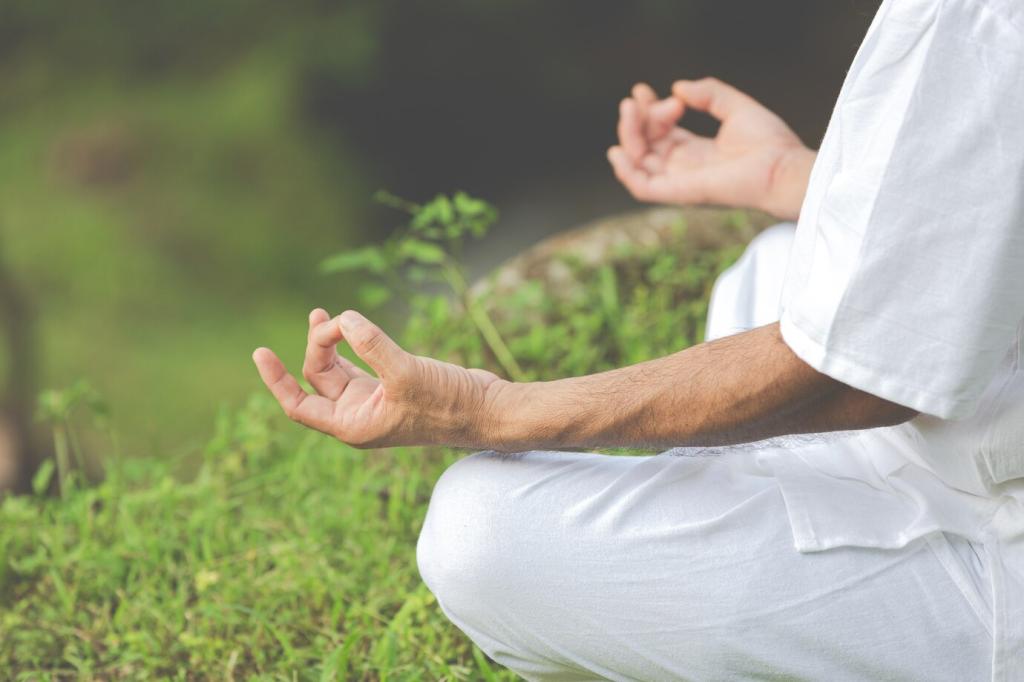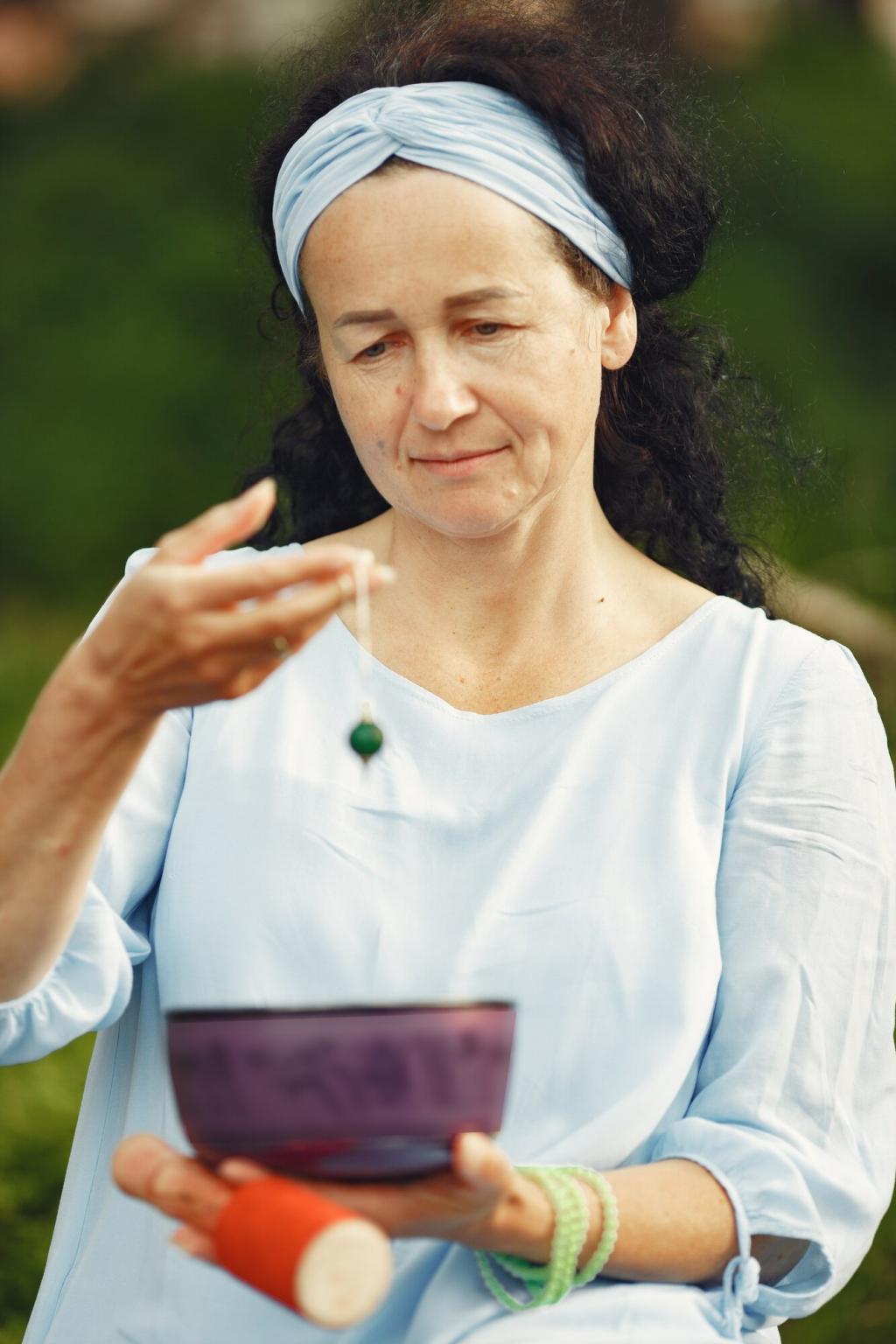
Urban Nature Therapy: Enhancing Mental Health
Urban nature therapy is a transformative approach to mental wellness that leverages the soothing, restorative power of natural elements within city environments. In bustling urban landscapes, green spaces become sanctuaries for mindfulness, relaxation, and psychological rejuvenation. This comprehensive exploration delves into the dynamic interplay between city life and nature, highlighting how intentional engagement with urban nature can meaningfully enhance mental health, foster emotional resilience, and offer renewed perspective amid the rush of metropolitan living.
The Essence of Urban Nature Therapy
The Urban Context
Within the noise and pace of city life, moments of peace can feel elusive. Urban nature therapy responds to this need by making natural serenity a component of daily experience, without requiring access to remote wilderness. It addresses urban stressors—such as crowding, pollution, and overstimulation—by providing strategically designed or preserved natural havens. These spaces act as antidotes to the pressures of urban living, inviting city dwellers into moments of stillness and sensory relief that counteract persistent mental fatigue.
Therapeutic Foundations
Research underlines the psychological importance of exposure to natural elements, even in small doses. Urban nature therapy builds on foundational principles of ecotherapy and biophilia—the innate human affinity for nature. Incorporating plants, water features, and wildlife observation into therapy approaches, this modality encourages active engagement with the environment. Such intentional practices can reduce anxiety, lower blood pressure, and cultivate positive emotional states, grounding individuals amid the ever-shifting cityscape.
Accessibility and Relevance
The adaptability of urban nature therapy is what makes it uniquely relevant today. Unlike traditional nature retreats, its benefits are accessible to anyone with proximity to city parks or natural corridors. By fostering a mindset that values daily interactions with urban green spaces, this approach democratizes therapeutic access, ensuring that inhabitants of dense cities are not excluded from the healing power of nature. It transforms the perception of urban environments, positioning them as landscapes of possibility for mental wellness.
Scientific Foundations and Mental Benefits
01
Cognitive Restoration
One of the key benefits of urban nature exposure is cognitive restoration. City living often entails high cognitive demands—constant attention shifts, decision-making, and processing of sensory stimuli. Natural environments, even modest urban green spaces, allow the brain to rest and recover from this mental load. The soft fascination invoked by rustling leaves, water movement, or birdsong enables a gentle redirection of attention, fostering clarity, creativity, and improved concentration upon returning to daily tasks.
02
Mood Regulation
Urban green spaces have a measurable impact on emotional well-being, offering natural mood regulation mechanisms. The act of simply walking through a park or sitting beneath a canopy of trees can decrease cortisol levels, lower heart rates, and promote positive feelings. Regular, mindful interaction with nature in urban settings reduces symptoms associated with mood disorders, providing non-pharmacological support for individuals facing chronic stress, sadness, or irritability.
03
Social Connection
Being in urban nature often encourages social interaction, which further bolsters mental health. Parks and gardens become communal spaces where people from varied backgrounds intersect, fostering informal connections and a sense of belonging. Activities such as group gardening, nature walks, or outdoor group therapy sessions make use of natural settings to build supportive networks, alleviating feelings of isolation that can be acute in densely populated cities.
Commuting in a city is often viewed as a source of stress, yet it can become a source of restoration through mindful incorporation of green routes. Choosing tree-lined sidewalks, walking through neighborhood parks, or even pausing for a moment in a plaza with natural elements can transform a mundane commute into a therapeutic ritual. By reframing these transitional moments as opportunities for natural engagement, individuals can build micro-restorative experiences into their existing routines.

The Role of Green Space Design
Inclusive Accessibility
Designing green spaces with inclusivity in mind ensures that all members of the urban population can benefit from nature therapy. This includes considerations such as wheelchair access, clear signage, and safe pathways. By removing physical and perceptual barriers, cities create environments where individuals with diverse needs feel welcome and able to engage with natural areas, multiplying the mental health benefits across their populations.
Sensory Diversity
Effective urban green spaces stimulate a wide range of senses, which are directly linked to psychological restoration. Varied plantings, water features, seating arrangements, and interactive installations invite visitors to see, touch, listen, and smell, creating immersive experiences that deepen the connection between individual and environment. Sensory diversity in design caters to different preferences and can address specific therapeutic goals, such as stress reduction or improved mood.
Opportunities for Engagement
Beyond passive enjoyment, the most therapeutic urban green spaces offer avenues for active engagement. Community gardens, nature art installations, or spaces for open-air yoga and meditation encourage people to become co-creators of their experience. These features foster a sense of ownership and belonging, enabling users to return regularly and build nature therapy into the fabric of daily life, reinforcing its cumulative mental health benefits.
Urban Nature Therapy for Stress Reduction
Physiological Stress Release
Exposure to urban nature prompts immediate physiological responses that counteract stress. Studies show that even brief periods spent in green spaces result in lowered blood pressure, reduced levels of the stress hormone cortisol, and slowed heart rate. The calming effect is not only subjective but measurable, underscoring the body’s readiness to respond positively to nature therapy. This accessible intervention is particularly important in urban environments where chronic stress can exacerbate the risk of serious health problems.
Psychological Resilience
Regular interaction with urban nature contributes to psychological resilience—the ability to adapt and cope with adversity. Engaging with green spaces provides moments of reprieve from rumination and worry, promoting clarity and perspective. Over time, these restorative breaks help individuals manage daily stressors more effectively, fostering an inner reserve of calm and confidence that can be drawn upon during challenging moments.
Stress-Reducing Rituals
The creation of personal rituals within urban natural spaces enhances their stress-relieving properties. Whether it is a morning walk, an afternoon of journaling under trees, or practicing deep-breathing exercises amidst floral scents, these repeated actions provide structure and consistency. Such rituals encourage mindfulness and signal to the brain that it is time to release tension, gradually transforming reactive stress patterns into proactive self-care habits.
Fostering Emotional Balance and Mindfulness
Urban green spaces lend themselves well to grounding techniques that foster emotional stability. Techniques such as focusing on the sensation of grass underfoot, attending to the rhythmic movement of leaves, or observing the play of light through tree canopies help bring attention to the present moment. These simple practices disrupt cycles of anxious or depressive thought by anchoring awareness in the immediate sensory experience of nature.
Nature’s constant change—flowers blooming, leaves falling, seasons shifting—offers metaphors and lessons in acceptance. Urban nature therapy draws on these rhythms, encouraging individuals to observe and reflect on nature’s processes as ways to embrace change and impermanence in their own lives. This mindful observation can be deeply reassuring during periods of uncertainty or emotional turmoil, fostering greater self-compassion and acceptance.
Natural spaces can also be safe settings for emotional release and creative expression. Being in a city park or garden provides privacy and a sense of containment, allowing individuals to express feelings—through movement, art, or spoken words—without fear of judgment. Engaging creatively in these environments supports emotional processing and healing, nurturing a sense of wholeness and purpose that positively impacts mental health.
Community, Belonging, and Urban Identity
Building Social Capital
Shared use of urban green spaces builds social capital—the network of relationships and trust that underpins healthy communities. Natural areas offer common ground for informal interactions, community events, or shared stewardship activities, strengthening the social fabric. The resulting sense of connection and mutual support buffers the adverse effects of urban isolation, contributing to community resilience and mental well-being.
Cultivating Belonging
Urban parks and gardens reflect and foster belonging. These spaces are stages on which diverse cultures and generational traditions are practiced and celebrated, providing continuity and affirming identity. Participation in communal gardening or volunteer cleanups deepens place attachment, empowering city residents to invest emotionally and collectively in their environments. This enhanced sense of belonging is closely linked to increased life satisfaction and reduced rates of loneliness and depression.
Reinventing Urban Identity
The integration of nature therapy into city life adds new dimensions to urban identity. Green infrastructure and engagement initiatives signal a collective commitment to well-being—transforming cities from purely functional spaces to living landscapes of care and connection. As urban dwellers participate in and shape these settings, they redefine what it means to thrive in metropolitan environments, making mental health an integral, celebrated element of urban culture.
Equity in Access
Inequity in green space distribution often mirrors broader social and economic disparities. Populations in underserved neighborhoods may have limited or poor-quality access to nature, exacerbating health and mental wellness gaps. Equitable policy and investment are necessary to ensure all city residents can benefit from urban nature therapy, fostering universal opportunities for restorative experiences and improved mental health.
Navigating Urban Constraints
Dense construction, limited land, and competing commercial interests can restrict the availability of viable green zones. Innovative solutions such as rooftop gardens, living walls, and pocket parks are emerging in response, demonstrating that creativity can overcome space constraints. Despite these advances, maintaining and improving existing natural assets remains a priority to ensure that nature therapy remains a fixture of the urban landscape.
Shifting Cultural Perceptions
Cultural attitudes toward nature engagement and mental health can also serve as barriers. Stigma, lack of awareness, or undervaluing the benefits of public green spaces can hinder participation in nature therapy. Targeted education, inclusive programming, and the normalization of nature-based wellness practices can shift these perceptions, making urban nature therapy an embraced and expected element of urban health strategies.
